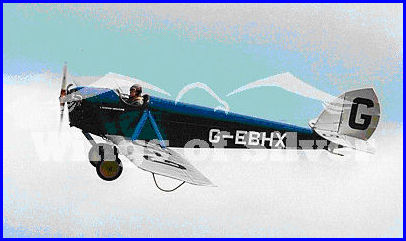

The title, on the front cover, written by hand, appears to say, "Drawings for Illustrations (Hooe Book)" or does it? I still can't quite make it out, for certain!
I believe that this book was intended, and used, as teaching notes for the science subjects. At that time, school books, for a small village such as Hooe, would not have been easy to come by and teachers would have had to use their own ideas, ability, and resources to provide what was, financially, out of the question. I'm sure, on top ot that, my grandfather, loved doing the drawings and sketches!
The book is soft-covered, about 7 ¼" (184mm) x 3 ¼" (83mm) in size, and the original colour was, probably, a light brown but this has darkened due, perhaps, to the amount of handling and fingering that it must have had over the years. Since it was last used, back, perhaps, in 1920, it has been kept under cover inside a bag, away from the light.
The actual sheets of paper, inside, are very thin so that, though there are 107 in total, the book is only, roughly, 5/16" (8.0mm) thick.
Dating the book is not easy but there are certain clues. For a start, John James has written, on the first sheet, "John Jas. Newport, 1903, May. INDEX in MIDDLE of Book". Therefore, we can say that he, almost beyond a doubt, produced his first drawing, on sheet 1, in the month of May, of that year.
At the back, page 106, he has drawn a bi–plane, which is simply identified as "The Bristol". This could be one of several aeroplanes produced, by the Bristol Aircraft Company, around the mid 1910s but it looks most like the "Bristol F 2Db", which was first produced in 1918. The "Bristol F 2Db", however, in all illustrations I have seen, had only a 2 bladed propeller while John James has clearly drawn four blades.
He, also, shows the "roundel" on the side of the aircraft (the red, white, and blue circles, used on all British military aeroplanes (and familiar to everyone who has ever seen photographs of the "Spitfire", among many other aircraft!) and this wasn’t adopted, by the Royal Flying Club (later, in 1918, to become the Royal Air Force) for aircraft identification until the 11th December 1914.
The same drawing, of the aircraft, shows "chocks" in front of the wheels, which would seem to indicate that John James, probably, saw the aircraft stationary. It′s difficult to say now but there may well have been an airfield not too far from his home in Hooe or he may have visited Lympne, in Kent, which wasn’t too far away and where there was a well-known airfield.

|
As a pointer that this may have been true, he has drawn, on page 107 (actually, the inside back cover), a monoplane with the number "J7273" on the tail fin. This was the (old) registration number of one aircraft, built by De Havilland for the 1923 light aeroplane trials at Lympne, in Kent. It was also known as the "Humming Bird" and one of these ′planes, reg. no. G-EBHX, can be seen in the "The Shuttleworth Collection", located at the village of Old Warden, in Bedfordshire. To confirm that this is, indeed, a drawing of a "Hummingbird", if you look closely, John James has drawn, quite clearly, the tail fin coming to a sharp point, which was a distinct feature of that aircraft. |
To go back, just reverse what you did before. To enlarge or reduce the image, right click on the page or picture and select either "zoom in" or "zoom out". If you zoom in, you will be able to read the title and, of course, the "Back" button will take you to the previous web page!
 | To the "Flip Book" |